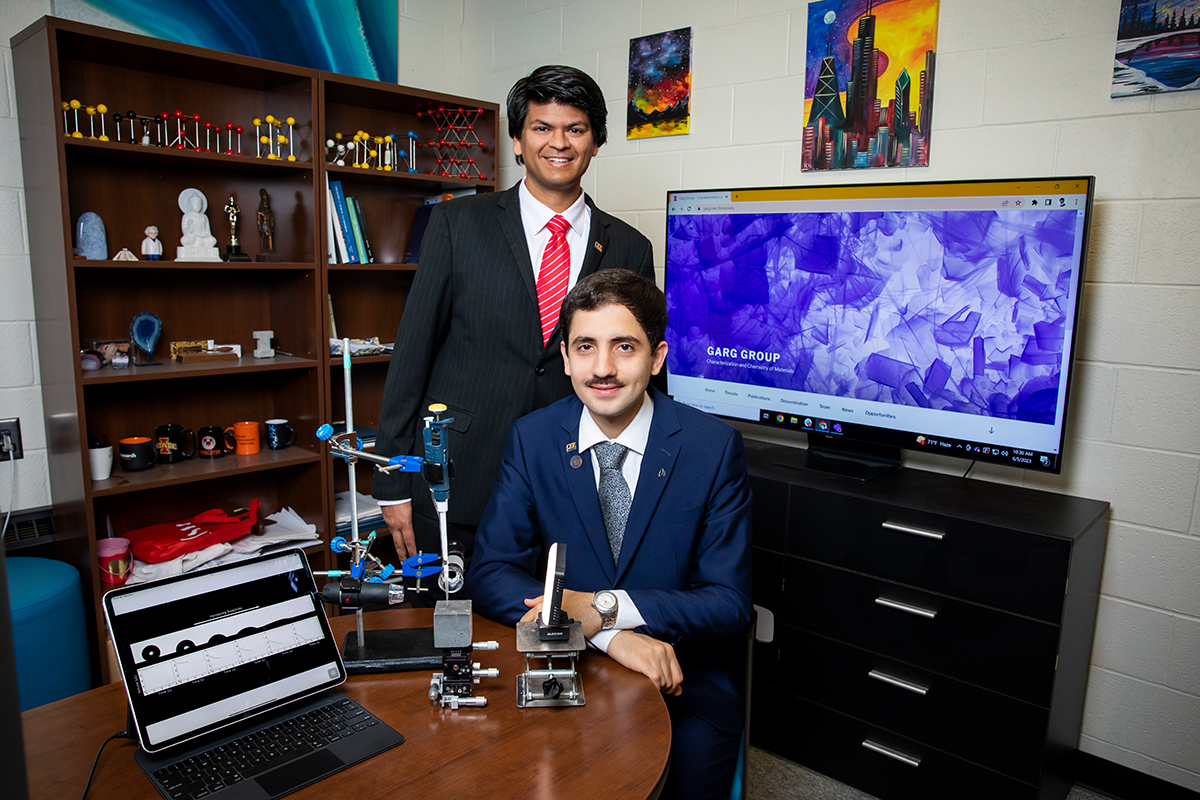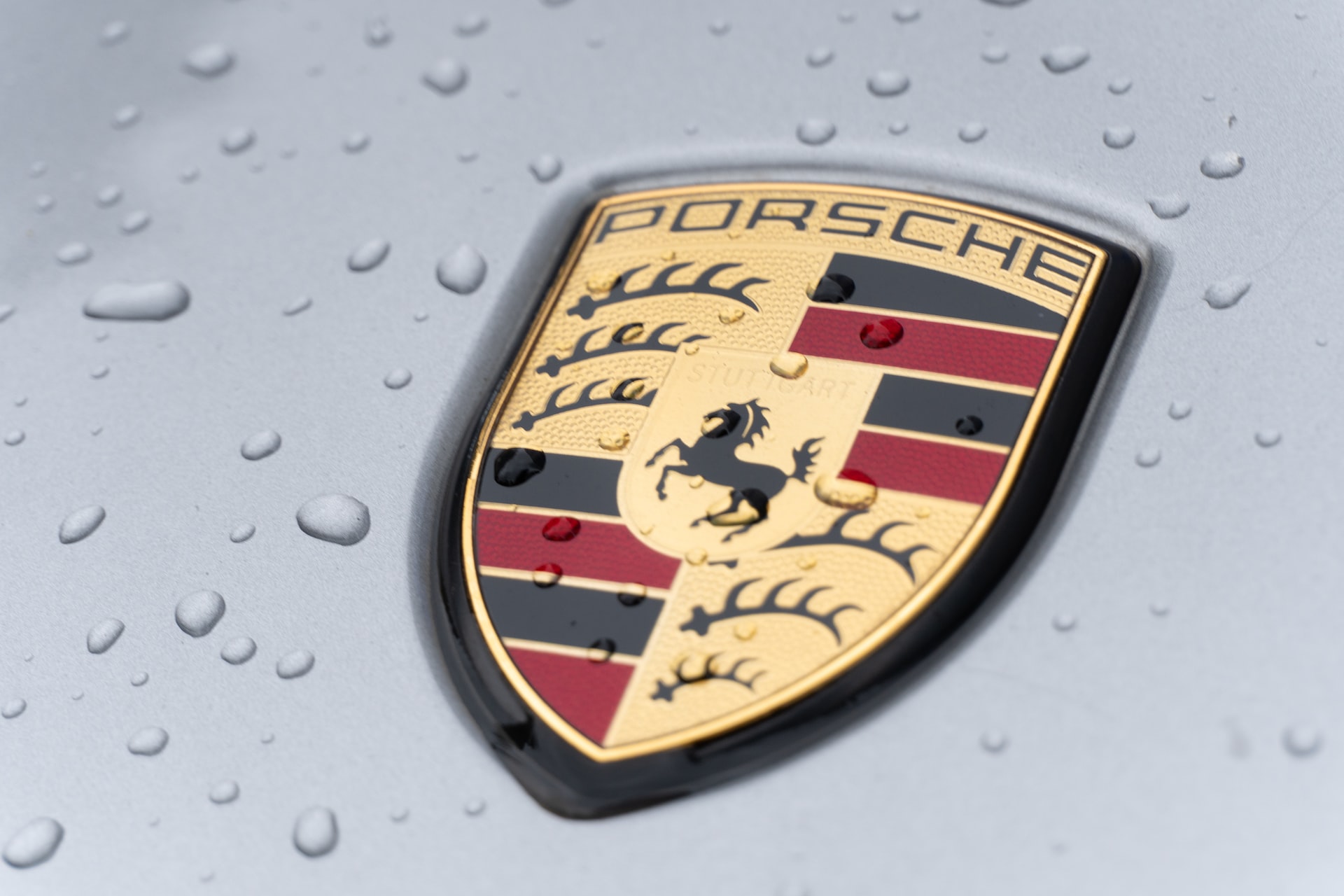An Internet search for “automated mining” brings up boatloads of new patents for automated processing of data and information. But the automated mining we are interested in is the type that promises to cut costs, boost safety and increase efficiency of industrial mining for raw materials in an age when mines will be deeper than ever before.
Not surprisingly, prominent in this search are statements from worker organizations lamenting the possibility of huge losses of jobs, especially to uneducated or low skilled workers due to automation. But a number of leading unions around the world are on board with automation because if improves efficiency. If one thing is clear over the past couple centuries, it’s that technology which improves productivity and decreases costs inevitably gets adopted.
Automated Mineshafts
An example is a mine shaft in northern Ontario Canada where a human operator monitors a machine loading nickel-rich ore into railcars deep underground. Sensors determine when the railcars are full and the automated train brings the ore to the surface where it is visually inspected by the operator and moves on to an automated sorting area.
Vale SA, the Brazilian company that owns the mine near Sudbury, Canada invested $50 million over two years to install and test the rail conveyor, aka “rail-veyor.” The equipment for the project was made by Rail-Veyor Technologies Global Inc. and is just one of the many technologies being developed far and wide it is believed will revolutionize how mineral deposits are extracted from the earth.
Expense and Danger of Deep Mining Leading to Automated Solutions
As “easy to exploit” deposits become more scarce and the cost of mining increases, automated systems make mining cheaper, safer and faster. Wide tunnels with expensive safety systems for human workers are no longer necessary. And new rugged materials, sensors and software allow pinpoint control of all variables. Canaries are no longer necessary as high tech sensors can detect volatile leaking gas well ahead of the human/canary team.
Rio Tinto Ltd. of Australia, one of the world’s largest miners, is an automation pioneer and has designed and built self driving trucks and trains which it is beginning to use extensively. Another major player, AngoGold Ashanti of South Africa, is also looking at the same type of technology for the same reasons.
Related articles on IndustryTap:
- What Goes on Behind the Virtual Curtain? Mining Wastewater Turned into Rainwater
- Deep Sea Mining Poised for Explosive Growth, But Not without Challenges
- Mercedes-Benz Tweets Photo of Its Heavy Duty Actros Carrying a 250-Ton Mining Hauler
References and related content:






